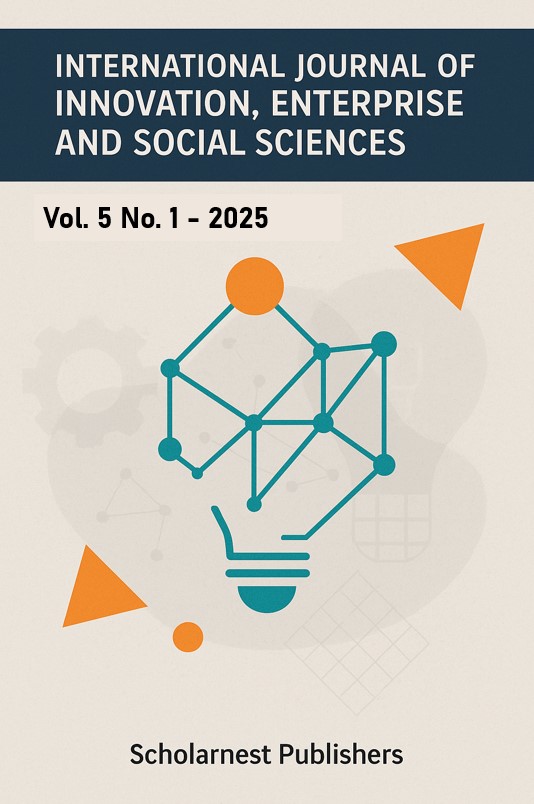Abstract
Supply chain efficiency is a critical factor in determining the success and performance of manufacturing firms, especially in dynamic and competitive environments. This study examines the influence of supply chain mapping on the performance of manufacturing firms in Nairobi City County, Kenya, focusing on material mapping and information mapping. Despite extensive research on supply chain management, existing literature does not adequately explore the interrelationships between supply chain mapping and firm performance in developing economies, particularly in Kenya. This study was guided by four theoretical frameworks: the Resource-Based View (RBV), Stewardship Theory, Systems Theory, and Social Exchange Theory. A descriptive survey research design was employed, targeting manufacturing firms operating in Nairobi City County, Kenya. According to the Kenya National Bureau of Statistics (KNBS, 2021), there are approximately 630 manufacturing firms in the county. A sample size of 239 firms were determined using Krejcie and Morgan’s (1970) formula, ensuring proportional representation across different manufacturing sectors. Stratified random sampling was applied to categorize firms by industry type and select respondents. Primary data was collected using semi-structured questionnaires and key informant interviews, targeting supply chain managers, procurement officers, operations managers, and finance managers. A pilot test (10% of the sample size) was conducted to assess instrument reliability. The results affirmed the instrument’s robustness for the main study. Data analysis involved descriptive statistics (means, standard deviations, frequency distributions) and inferential statistics (multiple regression analysis) to assess relationships between supply chain mapping dimensions and firm performance. Thematic analysis was applied to analyze qualitative data from open-ended responses and interviews. Findings revealed that the variables significantly predicted performance, with information mapping (B = 0.362, p < 0.05) emerging as the strongest predictor, followed by material mapping (B = 0.287, p < 0.05). The study concluded that digitalized mapping enhance efficiency, profitability, and competitiveness. It recommended that firms prioritize investment in advanced tracking systems, real-time data integration, automated financial tools, and structural agility, while pursuing these practices in an integrated and holistic manner to maximize performance outcomes.
Key Words: Supply Chain Mapping, Material Mapping, Information Mapping, Performance of Manufacturing Firms Nairobi City County, Kenya

